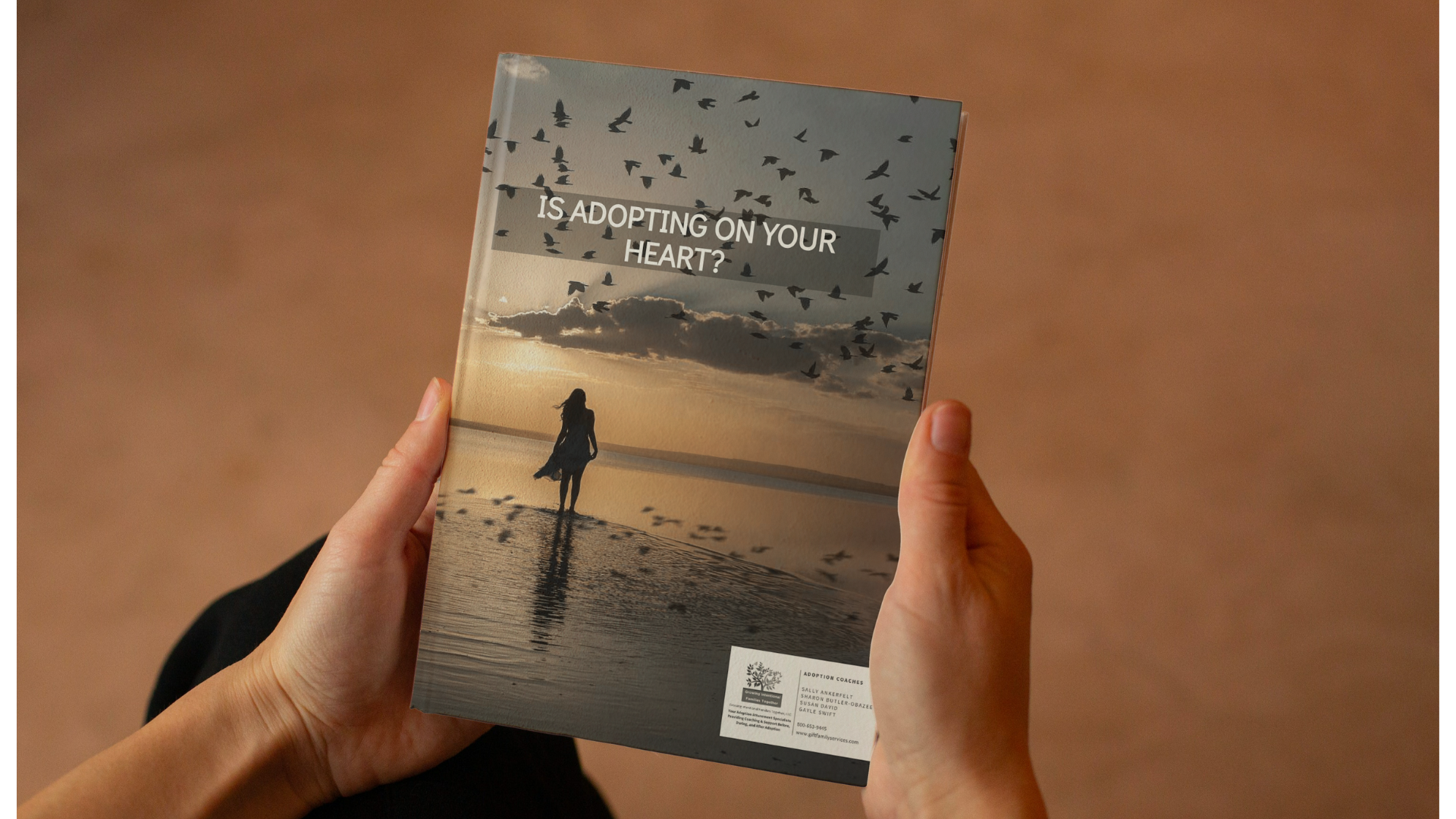 According to Steven Covey, “The most important ingredient we put into any relationship is not what we say or what we do, but what we are.” I would assert, that the pivot point which governs a parent/child relationship revolves around feelings–our own and our child’s. This emotional connection bridges the divide of isolation and separateness. When that barrier is lowered, we begin to care about each other. This mutuality opens hearts, ears and, minds. We cease to interact as strangers.
According to Steven Covey, “The most important ingredient we put into any relationship is not what we say or what we do, but what we are.” I would assert, that the pivot point which governs a parent/child relationship revolves around feelings–our own and our child’s. This emotional connection bridges the divide of isolation and separateness. When that barrier is lowered, we begin to care about each other. This mutuality opens hearts, ears and, minds. We cease to interact as strangers.
This emotional engagement requires vulnerability and trust. For some children this connection remains fragile for a long time. Parents must be vigilant in nurturing the budding relationship. Be conscious and intentional about your state of being, of how you “show up” as a parent, partner, and role model.
To build a strong foundation, consider the following:
- State of Being: What is your state when you are with your child? Are you present and available to and for your child? Electronic devices off? How often do you get down on their level (physically) to play, to talk, etc?
- Parenting Style: Are you and your spouse on the same page? Are you working for secure attachment? Have you educated yourselves on attachment styles? How will your attachment styles influence the budding attachment with your child? What are you willing to do to enhance the style matching? What patterns from your own childhood family will support and/or challenge the bond building with your children?
- Personal Connection: How are you relating with your child? Are you building a relationship, getting & accepting who your child is now? Are you “seeing” the real child before you versus the child you “imagined” before his arrival? Are you sensitive to your child’s needs? How does your personal style dovetail with his? How will you remind yourself to “meet them where they are” instead of where you had hoped they’d be?
- Teach & Communicate: How well do you listen? How often do you immediately respond and problem solve before acknowledging the challenges and emotions your child experiences in the event? Do you use modeling as part of your teaching?
- Rules & Practice: Children will only begin taking in the rules and practice them once they feel you are trustworthy and they have trust and love with you. This is how you begin to speak the same language and become family to each other.
- Discipline: Only after we have been relating to our child will discipline work, which includes your child learning to be self-reliant and accountable. Discipline is about educating and becoming self-governing, not about punishment. Use adoption-attuned parenting methods.
*This hierarchy is loosely based on material from the Arbinger Institute



In my experience, connection must come before correction. Children have to know that they are cared for and that they can trust you. It is also important for them to know that they have a voice. it is being able to assert their needs that help them break the barriers from insecurity to security.
This is a great guide for all parents. Being with the people we love is always more important than what we do with them.
Such a powerful post! Being conscious and intentional about how I “show up” begins with me being mindful about how I want my day to be at the start of my day. The same is true for the week. Each of your questions are considerations for me even before an issue pops up. Discipline is much easier, I have found, when I have established that trust and respect. I would assert, too, that there will be less need for “discipline” when connection, trust, and security is firmly inn place.
I think this would be helpful to go over in my husband and my weekly meeting.